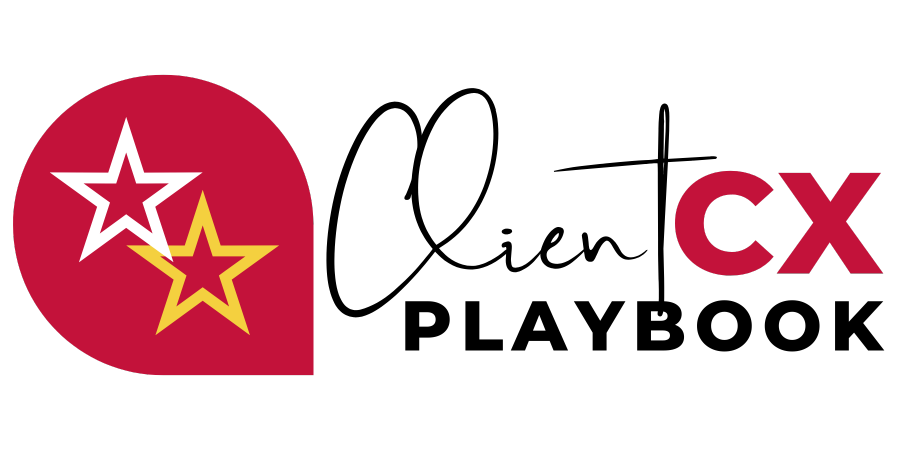One of the most exciting parts of being a creative CEO is when you finally reach the stage where you can begin expanding your business beyond yourself and start serving even more clients.
I call this process “making the shift from Consultant to CEO” and it’s a phase I have helped hundreds of creative agency owners navigate successfully.
There are key leadership and management skills that CEOs must develop and fine-tune in order to emerge victorious on the other side of this shift— and effective coordination is arguably one of the most critical.
When leaders excel at coordination, they see a range of benefits within their businesses, including:
- Increased efficiency
- Higher employee retention rates
- Improved utilization of resources
- Enhanced business continuity
- A stronger sense of unity across departments and managerial hierarchies
But here’s the catch— CEOs must keenly understand the meaning of coordination and implement it effectively on a daily basis if they want to reap these high-yielding advantages.
So, let’s discuss how to do just that!
The Meaning of Coordination in Management
The Management Study Guide website does a great job of defining coordination.
In their terms, coordination is “the unification, integration, and synchronization of group efforts so as to create unity of action in the pursuit of common goals”.
Or, in simple words, coordination is the process of organizing and overseeing multiple groups or people to ensure maximum efficiency.
The Elements of Coordination Every CEO Should Know
1. Planning
The process of listing and prioritizing the various tasks required to meet a specific objective.
2. Organizing
The act of compiling and allocating the necessary resources (and information) required to meet a specific objective.
3. Directing
The process of instructing and guiding the performance of team members to ensure a goal is achieved.
4. Controlling
Comparing the current status of a project (performance, timelines, etc) with preset plans, guidelines, or requirements to achieve maximum efficiency.
5. Communicating
Consistently providing all team members with any and all relevant information required to fulfil their roles and responsibilities.
How to Begin Coordinating Work With Ease
Now that we’ve touched on the importance of coordination and the various elements it requires, let’s focus on actionable steps you can take to sharpen this essential skill.
1. Establish a clear “Why”
As human beings, we are hardwired to connect with emotions, stories, and sentiments. So, before you begin setting goals or delegating tasks, determine why this project is important to your business— then communicate that with your team. Your employees can’t fully share your vision if they don’t understand the greater meaning of the work they’re completing. Be transparent about why their contribution matters.
2. Create a Timeline
Don’t just list tasks for others to complete. Add them into a master timeline or calendar and set specific milestones so your team can stay on track. It also helps to schedule check-ins after each project phase to discuss any roadblocks or setbacks the team has encountered and to ensure optimal performance moving forward.
3. Get to Know Your Employees on a Deeper Level
Is your computer programmer also an avid photographer outside of work? Does your receptionist also enjoy planning events? Is your in-house marketing specialist better at big-picture thinking than managing minute details? You’ll never know if you don’t get to know them! Ask your employees if they have any other special skills or interests. Have them take a personality test so you can better understand their traits and tendencies. Invite them to contribute in new and exciting ways. The more you know about the people you work with, the more you can utilize their skills and ensure they are satisfied in their role.
By implementing these steps, you’ll be well on your way to mastering effective coordination and expanding with excellence.
Let’s not forget—continuous learning is the minimum requirement for success!










